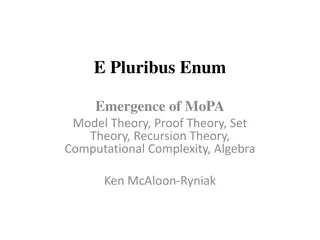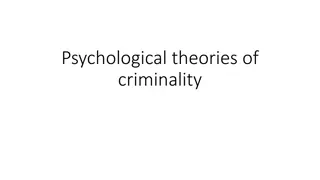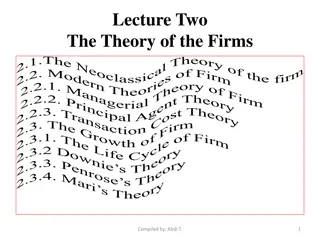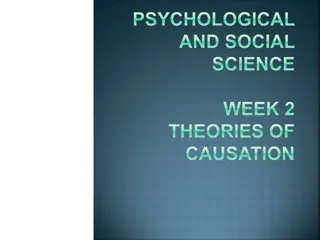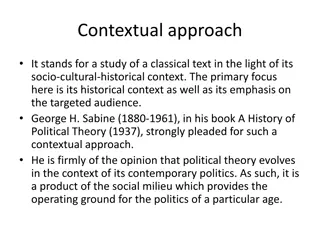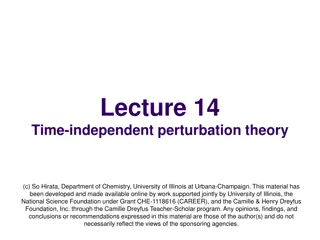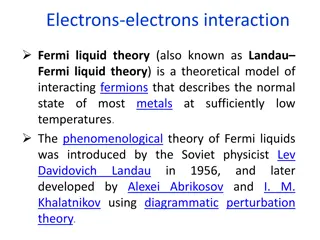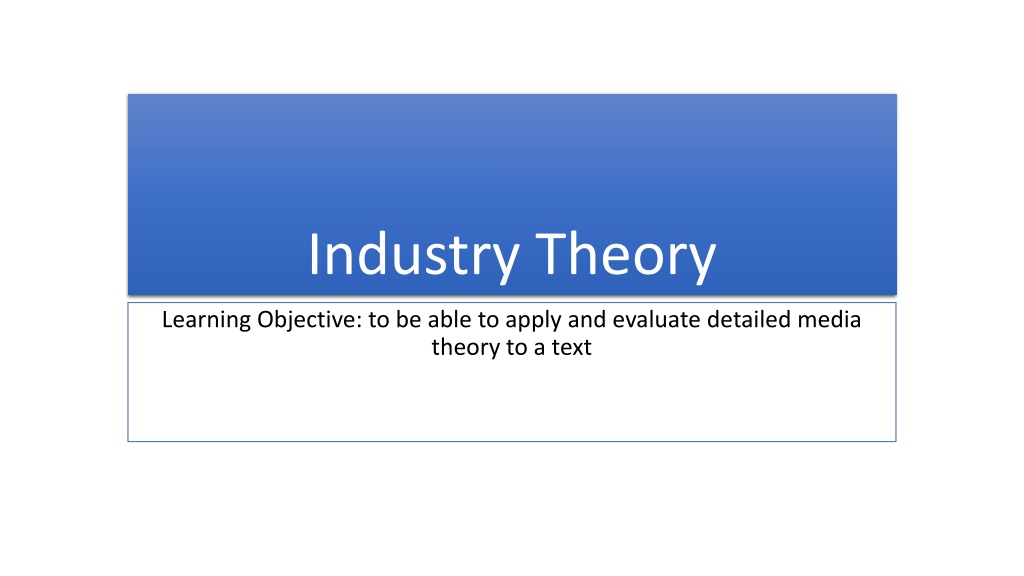
Detailed Media Theory Application and Evaluation
Explore the application of detailed media theory to texts through examples like Star Wars and Attitude magazine. Understand how binary oppositions construct ideological positioning and reflect societal values and beliefs. Dive into theoretical discussions by Levi-Strauss, Hesmondhalgh, Livingstone, and Lunt to analyze narratives and media products. Practice questions and plenary discussions enhance comprehension and critical thinking skills.
Download Presentation

Please find below an Image/Link to download the presentation.
The content on the website is provided AS IS for your information and personal use only. It may not be sold, licensed, or shared on other websites without obtaining consent from the author. If you encounter any issues during the download, it is possible that the publisher has removed the file from their server.
You are allowed to download the files provided on this website for personal or commercial use, subject to the condition that they are used lawfully. All files are the property of their respective owners.
The content on the website is provided AS IS for your information and personal use only. It may not be sold, licensed, or shared on other websites without obtaining consent from the author.
E N D
Presentation Transcript
Industry Theory Learning Objective: to be able to apply and evaluate detailed media theory to a text
Theory Starter Le vi-Strauss tells us that binary oppositions construct ideological positioning. Ideology, in this sense, refers to how stories reflect the values and beliefs of society. The conflicts presented in Star Wars, for instance, tell us that the greed and exploitation of Darth Vader are bad, whilst Skywalker s bravery and team working skills are positive traits. The key to unlocking the real meaning of a narrative, its ideological meaning or subtext, is to examine the conflicts presented within a text. Invariably, those conflicts aren t presented evenly. Sides are taken, and in doing so, media products assume an ideological stance. How can Levi-Strauss be applied to Attitude? In its numerous stories that deal with homophobia and LGBT intolerance, Attitude readily engages in the construction of binary oppositions. Freedom to choose one s sexuality battles social ignorance and intolerance. Attitude s longstanding ideological position is clear and obvious within its stories. It seeks to champion LGBT rights globally.
Hesmondhalgh: Cultural Industries Think reflect on your homework. Pair with a partner discuss your knowledge. Share class feedback. Apply explore in detail how the theory could be applied to Attitude, using your own notes and the handout.
Livingstone and Lunt: Regulation Work in pairs to consider how a digital website for Attitude magazine might be an opportunity or problematic in terms of regulation. Use your homework findings along with the handout.
Practice Questions In the Component 2 exam it is highly likely that you will be asked to evaluate theory, i.e. consider to what extent the theory is valid when looking at our set texts. Choose one of the following and complete your answer: David Hesmondhalgh argues that in the media today digitalisation has multiplied the ways in which audiences can gain access and respond to content. Evaluate the validity of this claim with reference to the Attitude OR The Bridge and the economic contexts in which it is produced. [15] Online media is a liberal space where we are all free to participate equally. Online media is very difficult to regulate, often becoming a platform for controversy. Evaluate the validity of this claim with reference to Attitude OR The Bridge . [15]
Plenary: Band 5 Mark Scheme Highlight where you have done the following and compare with a partner. Excellent application of knowledge and understanding to make judgements and draw conclusions regarding how far aspects of identity can be seen to affect the way in which audiences use online media. Judgements and conclusions are perceptive, insightful and fully supported with detailed reference to specific aspects of the set product.






